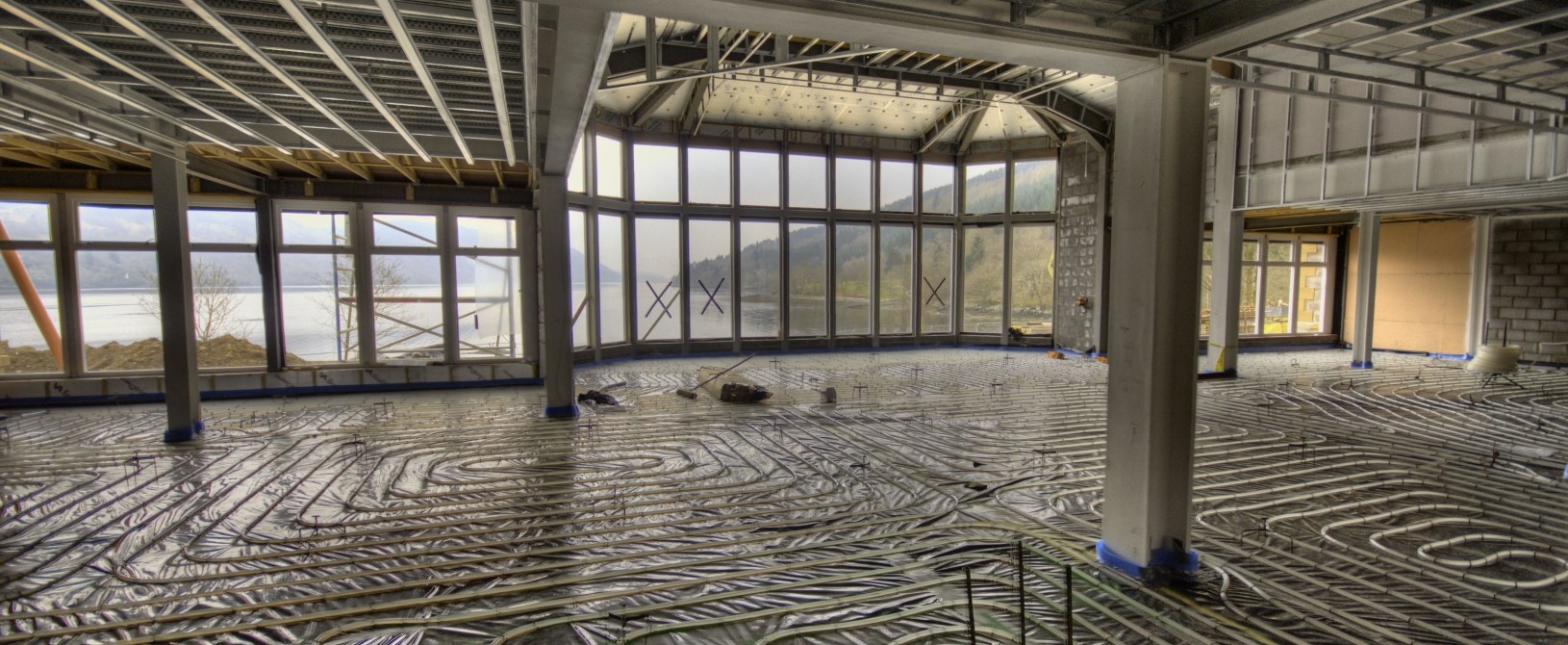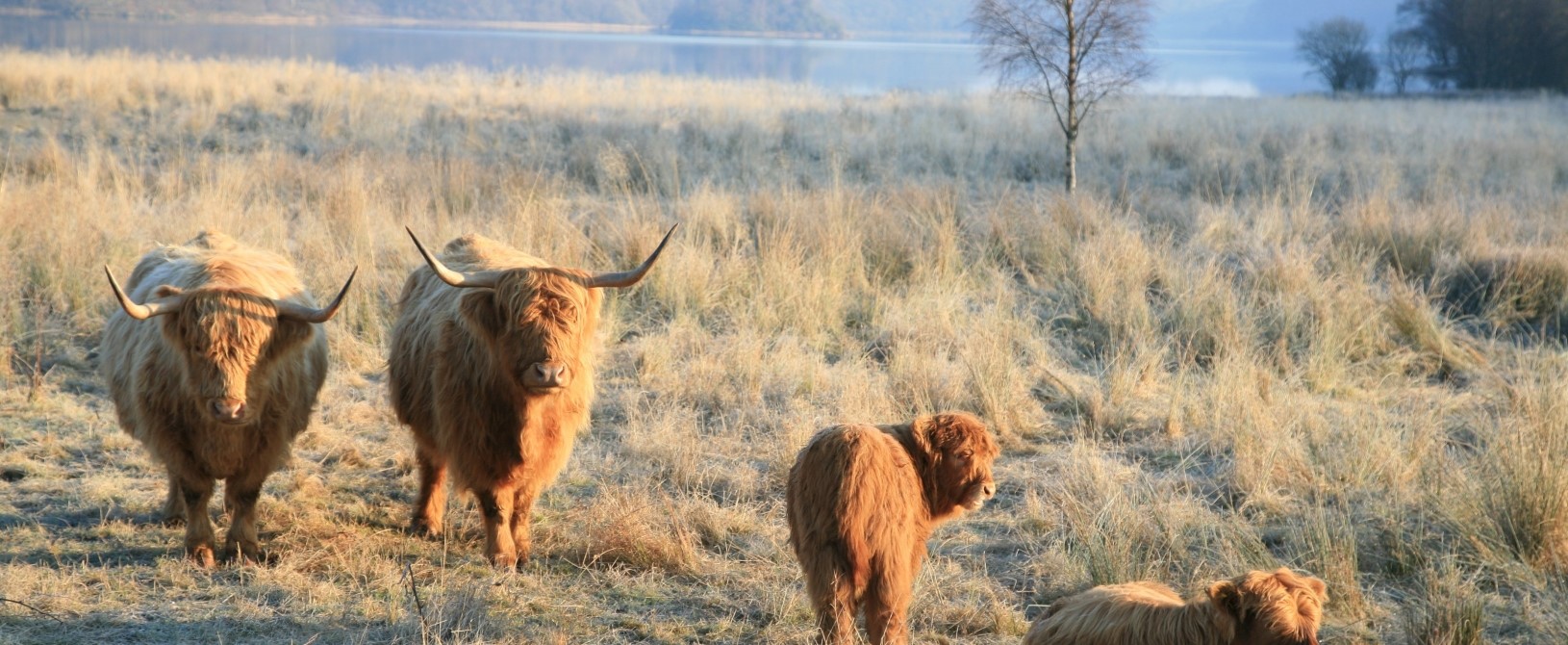Issue 34, Spring 2011
-w1630h670.jpg)
In this issue our featured photograph is of Oban, one of the most popular destination for Lochs and Glens guests since the very earliest days of our Company.
Oban existed only as a small fishing village until tourism arrived with the introduction of steamer services and the arrival of the railway. It soon became the premier resort on the Scottish west coast, often described as The Gateway to the Islands. It is now a bustling harbour with the constant coming and going of ferries connecting with the outer isles but despite this, the town still retains an enduring charm and you will find that a visit is included in several of the itineraries described in the enclosed brochure.
The internet revolution continues at a dizzy pace. From a personal point of view I have to say that I have never been an early adopter, more a reluctant follower once it becomes clear that a new development is impossible to ignore. Facebook surely falls into this category with an astonishing 500 million active users of whom 50% log on in any given day. A remarkable statistic indeed, and so Lochs and Glens Holidays now has a facebook page that I notice already has quite a following. Any of our guests who are familiar with this new phenomenon are welcome to contribute by sharing their thoughts and photos with the many fellow members of the Lochs and Glens family - just click the link on our website.
In the early days of our company it was standard practice for guests to pay for their holidays by cheque or postal order, but gradually credit and debit cards became more and more popular. Although they are convenient there is a cost involved in accepting payment in this way, but so far, we have resisted the common practice of passing on this cost to our clients. However, I am sorry to say that banks have recently increased the commission that they apply to such a level that a charge will have to be made. I regret to say that in future each payment made using a Mastercard or Visa Credit card will be subject to a £3 transaction fee. Of course this cost can be avoided by using Debit MasterCard, Visa Debit, Visa Electron or Maestro. I hope you will be able to take advantage of one of these cost-free options.
We are indeed sad to have to increase costs particularly at a time of financial strain, but on a happier note I am pleased to say we are holding the price of 2012 holidays to 2011 levels.
I do hope that we can welcome you back to Scotland again during the coming year.
Michael Wells - Chairman
Progress at Ardgartan

Construction of our new 135 room hotel at Ardgartan has progressed well over the past few months although some delays were caused by the exceptional winter conditions in December when temperatures fell to - 14 degrees celsius. But, despite this, we are not too far behind schedule and are still optimistic that we will be able to accept our first customers in the Spring of 2012.
As the project progresses it becomes clear just what a stunning site the building occupies with the lochside to the front and the iconic Cobbler mountain to the rear.
We have chosen to build this hotel using a steel structure and concrete floors for the best possible sound proofing. The above photo shows the building at the 4th floor level with preparations ready for the 440 tons of concrete which will be pumped up to form this floor alone.
In the background of the picture, a wintery sun is setting over the head of the picturesque sea loch. In the foreground is Neil Wells, our Managing Director who is the project manager along with Stuart Mackay, who's father built the Loch Tummel Hotel with us in 1998.
By the time you read this, the roof should be on and we can begin the long process of turning all of this into a Lochs and Glens Hotel.
Director Ian Wells is shown here with wife Melanie and children Jasmin, Josh and Amber (not forgetting Coco). Ian has been responsible for the Loch Tummel Hotel, since its construction was completed in 1998, but soon the family will be moving south where Ian will get ready for the opening of the Ardgartan Hotel next Spring.
Stirling Castle

Many of our guests will have visited the impressive castle that sits on top of a precipitous crag overlooking the City of Stirling, but soon, there will be a very good reason to return.
From the summer of 2011 visitors will be able to step back into the sumptuous world of Stirling Castle's royal court. A £12 million project will return the six ground floor apartments in the castle's Renaissance Palace to how they may have looked in the mid-16th century.
Years of research have been carried out to ensure that every detail - from the magnificent four-poster beds to the heraldic decorations on the walls and ceilings - will be as authentic as possible.
Highlight of this new display will undoubtedly be the national artistic treasure known as the Stirling Heads, 33 large oak medallions, which once decorated the ceilings of the royal apartments. They are carved with the faces of Scottish kings and queens, European royalty, Roman emperors and Classical heroes. Removed in 1777 this will be the first time they have been on public display.
Naming the Calves

The competition (see issue 33) to name the two new Highland Cows who live in our field at the Loch Achray Hotel has been won by Mrs C Farrington of Bridlington and she will be enjoying her complimentary holiday for two in due course.
Over a thousand suggestions were received and the successful names of Nevis and Nessie were, in fact, submitted by several other readers as well, but it is Mrs Farrington we have to congratulate as it was her name that was successful in the subsequent draw.
Over the sea to Skye

The remote and beautiful Island of Skye at over 600 square miles in size, is the largest island of the Hebrides. Its rugged unspoilt beauty began to attract curious travellers during the late 1800's.
Tourism boomed in the 20th century but was limited by the capacity of the Kyle of Lochalsh to Kyleakin ferry which, by tradition, did not run on the Sabbath. An attempt to introduce Sunday ferries to ease weekend tourist congestion in 1956 failed following a huge protest by devout islanders.
Another attempt was made in June 1965, but this time the islands police force of three had been augmented by 50 additional officers drafted in from the mainland to deal with what proved to be a far more bitter battle. Despite a large contingent of islanders on the quayside praying for an Act of God that would, at the last minute, prevent the ferry from docking, the fully laden vessel arrived. A number of islanders flung themselves down in front of the cars as they disembarked, but all to no avail and, by the end of the day, 202 cars and 875 passengers had been landed and 14 arrests made.
You would think that this would have been the end of Skye's troubles but 30 years later civil disobedience on a far greater and more protracted scale erupted and this time instead of 14 arrests there were over 500! Ironically the cause of such fury was centred at exactly the same geographic point as before.
As traffic to the island increased, it became clear in the 1990's that a bridge was needed to replace the ferries and in October 1995 the elegant structure that you see today was opened. A toll was set at the same price as the ferry charge, as it was believed that in view of the increased convenience that the bridge offered, this would be accepted by the islanders.
However a subsequent National Audit Office report revealed that although the ferry had made profits of over a million pounds per year on the route, many locals had been excused the ticket fare by ferry workers, with much of the revenue coming from the heavy summertime tourist traffic.
There then began a campaign that included mass protests and a prolonged policy of non-payment which continued as long as the tolls.
Those charged with refusing to pay were obliged to make the 140 mile round trip to Dingwall sheriff court, again crossing the bridge where again many refused to pay, incurring a further criminal charge. It was an acrimonious battle that was to last nine long years, only brought to an end following the creation of the Scottish parliament which promptly abolished the tolls at the end of 2004.
The Isle of Skye is now a haven of calm and tranquillity that you can experience on our new day excursion that is included in a number of Highland Hotel itineraries during the next season.
It is a circular tour passing through magnificent scenery throughout the route. The day begins along the enchanting Road to the Isles, past Loch Eil, and the famous Glenfinnan Monument and on to Mallaig. From this picturesque fi shing port we board the ferry and crossing the Sound of Sleat arrive at Armadale on the Isle of Skye. From Armadale to Kyleakin is just 22 miles, but it is 22 miles through truly outstanding scenery.
At Kyleakin the coach will arrive at the famous bridge, but all will be peaceful as it passes across back onto the mainland. From here the journey back to Fort William by lochside and rugged mountain pass is no less memorable. All in all an unforgettable Hebridean experience!